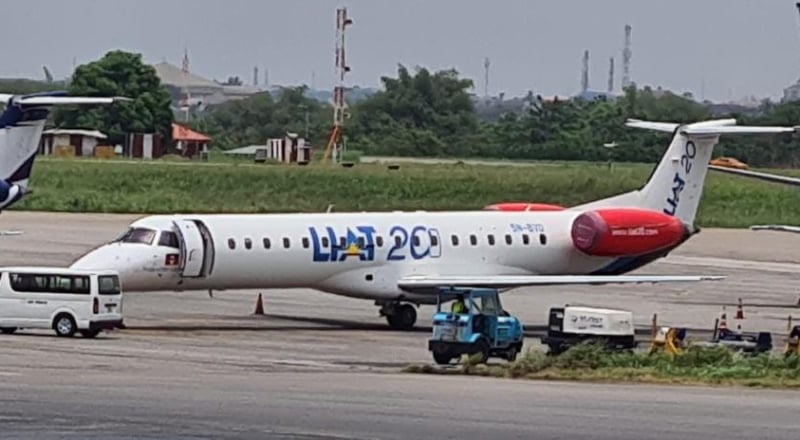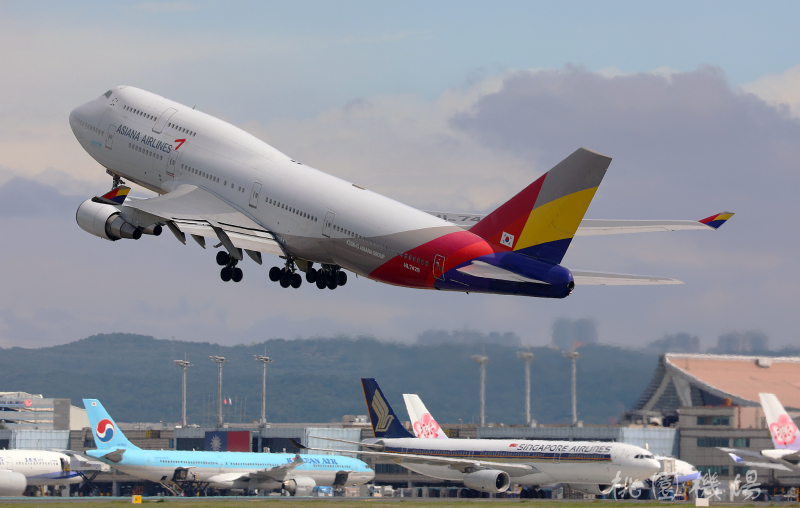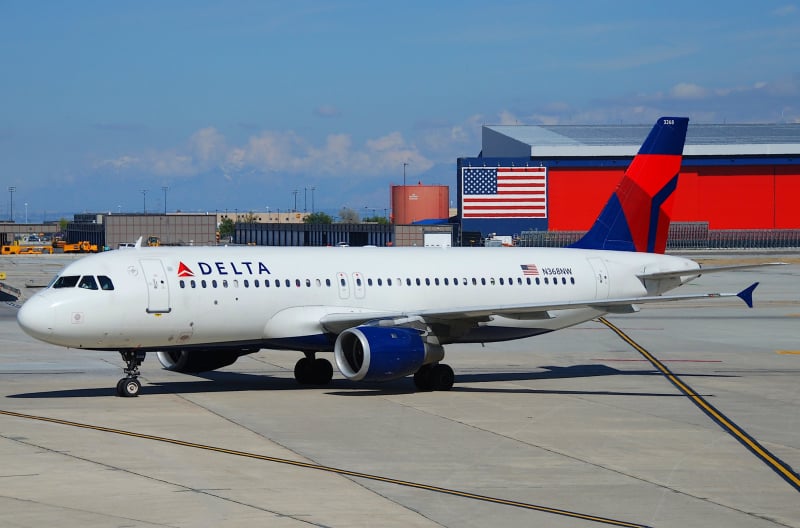
Anyone familiar with the Cristiano Ronaldo International Airport a.k.a. Madeira Airport (FNC) knows that landings into and takeoffs out of that airport can be tricky because of the strong gusting winds.
Pilots flying into this Portuguese archipelago island need special training, especially when dealing with the usually windy circle to land approach that requires pilots to hug the eastern coastline shortly before touch down.
On March 26, 2024, a TAP Air Portugal Airbus A321neo (registered CS-TJQ) was being ferried from Madeira’s sister island, Porto Santo (PXO) as flight TP9576. This empty repositioning flight took less than one hour, with the pilots setting up to land from the south west side for Runway 05.

At that time of landing, the closest METAR weather report (highlighted in bold) indicated that the winds were blowing from the north at a speed of 16 knots, with gusts as high as 29 knots. Wind direction also varied, blowing from the north north west to north north east (more specifically between 300 and 030 degrees)
- SA 26/03/2024 11:30->METAR LPMA 261130Z 36020G34KT 320V040 9999 SCT015 16/07 Q1018=
- SA 26/03/2024 11:00->METAR LPMA 261100Z 35016G29KT 300V030 9999 SCT015 17/05 Q1018=
- SA 26/03/2024 10:30-> METAR LPMA 261030Z 35021G33KT 310V020 9999 SCT015 16/08 Q1017=
Factoring in the strong winds and the fact that there were no passengers on board, conditions like this can easily make for a challenging landing.
From the video, we can see the crew fighting the strong headwind as they fly the final approach almost entirely at a nose down angle. With no significant weight in the aircraft, they end up floating just past the touch down while still maintaining a nose down attitude. The gusts don’t do them any favors as they even get pushed up a bit closer to the point of touch down.
The aircraft finally touches down nose first, but due to the unstable conditions, the A321neo bounces, becoming airborne for a second. They once again touch down nose first before finally planting the main landing gear.
On a windy day, especially with strong crosswinds, landings here can be extremely tricky. That’s why the pilot flying must hold a captain’s position, and successfully complete either simulator or line training to land or take off from Madeira within a six month time frame.
Looking beyond the unstable approach, wouldn’t a go-around be more appropriate? The aircraft touched down outside of the landing zone, and made nose-first contact twice before the aircraft was firmly on the ground.
This of course is beyond my area of expertise. I’d love to hear from actual A321 pilot what they thought about the situation given the windy conditions and very light load.
[Featured Photo: Madeira Airport Spotting/YouTube]





